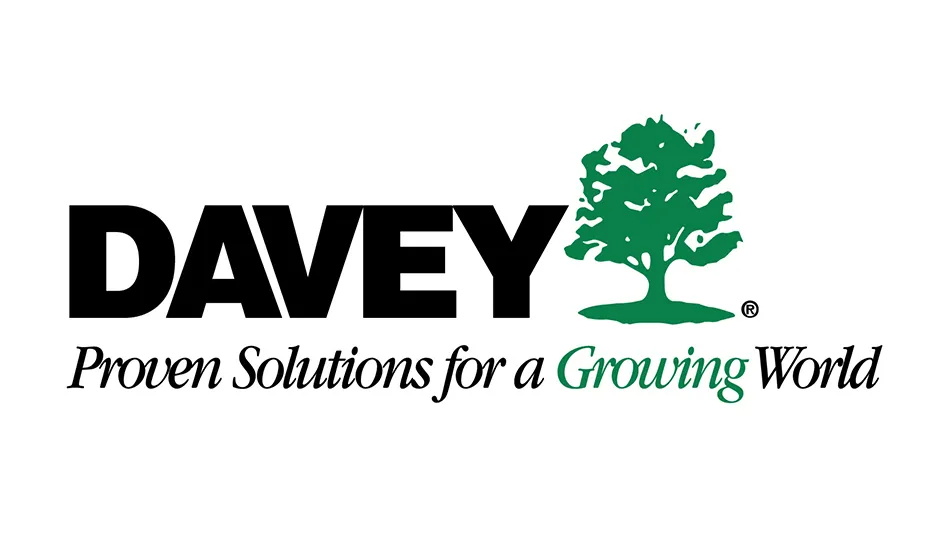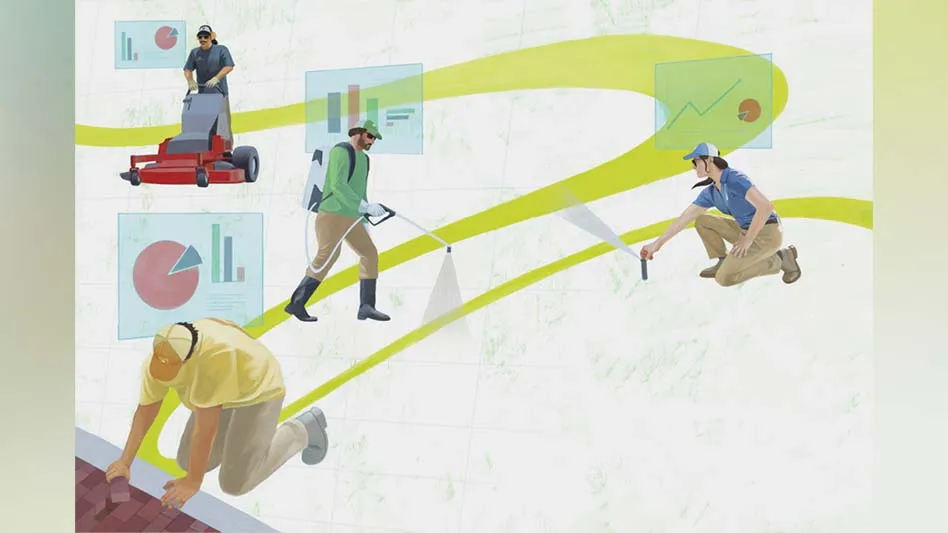 Jim Huston Jim Huston |
Since the late 1990s, consolidations within the green industry have gained notoriety. Unfortunately, for many of the consolidations, quality control in the field and customer attentiveness have suffered considerably.
Roll-ups – a form of consolidation where a company simultaneously consolidates $200 to 300 million in businesses and goes public at the same time – in the green industry were the craze when the consolidations began. A roll-up is also referred to as a “puff” company – one that goes from zero sales to a minimum of $250 million overnight.
Consolidations are the current trend – a company or group of companies and/or investors gain market share by purchasing other companies. The acquiring of other companies is the easy part. However, these companies need to have “legs.” They have to function efficiently and make money after all the acquiring is done.
This is where many consolidators within the green industry have had serious problems. They’re not run efficiently, primarily due to a lack of middle management and the appropriate systems to manage them. By systems, I mean a computer system that consolidates the entire operation, and which does the estimating, accounting, job costing, etc.
HOW IT IS SUPPOSED TO WORK. The gross profit margin (GPM) evaluation model that I discussed in my last article is fine for evaluating smaller companies – those under $2-3 million in annual sales. However, a more sophisticated model is normally used when a larger company is being evaluated. I call this the “Wall Street” evaluation model. Some refer to it as the EBIDTA (earnings before interest, depreciation, taxes and amortization) model. I simplify the EBIDTA model for use in my Wall Street formula (see Fig. 1), which is fairly straightforward. Most of the larger consolidators today are using the EBIDTA model or a version of it when evaluating a business for purchase or sale.
All costs would include cost of goods sold and general and administrative overhead. Add-ins are adjustments for the extra “perks” afforded a privately held company that are not allowed in a publicly traded company. These add-ins essentially achieve fair market value as they adjust the financial statements of a privately held company and bring them in line with publicly traded company accounting standards.
This formula brings us to EBIDTA. Deductions for excess owner’s pay, rent and inventory adjustments are then taken. This is where interest, depreciation and amortization expenses are also deducted from EBIDTA.
Corporate taxes, usually at the 40 percent rate, are then deducted from the revised earnings. This is the tax rate the consolidator expects to pay the government. The result is the projected net earnings for the target company. Net earnings are then multiplied by an industry multiplier determined by the financial analysts of the consolidator. The industry multiplier is then applied to the net earnings. The product of these two numbers produces the price the consolidator is willing to pay for the target company. While some adjustments may be made, this price normally includes equipment and related inventories. Real estate is normally handled separately from these transactions.
Payment for the target company is typically made in cash and stock. Normally, the seller is paid one-third of the selling price in cash and two-thirds in the consolidator company’s stock. The seller usually works for the new owner for a minimum of three years. This is designed to ensure management and profitability continuity.
CONCLUSION. Study both the GPM and the Wall Street evaluation models. You can also use these models to evaluate a company that you are considering acquiring. In addition, they will help you steer your company in a direction that will maximize the value of your business when you are ready to sell it or retire.
Real-world examples
To see the Wall Street valuation model in action for two companies with EBIDTA at 15 and 25 percent, click here.
This article was adapted from James Huston’s books “A Critical Analysis of the MORS Estimating System” and “How to Price Landscape and Irrigation Projects.” To order Huston’s books or to obtain a free audio book version (plus S&H) of “A Critical Analysis of the MORS Estimating System,” go to www.jrhuston.biz.
|
 Jim Huston
Jim Huston





